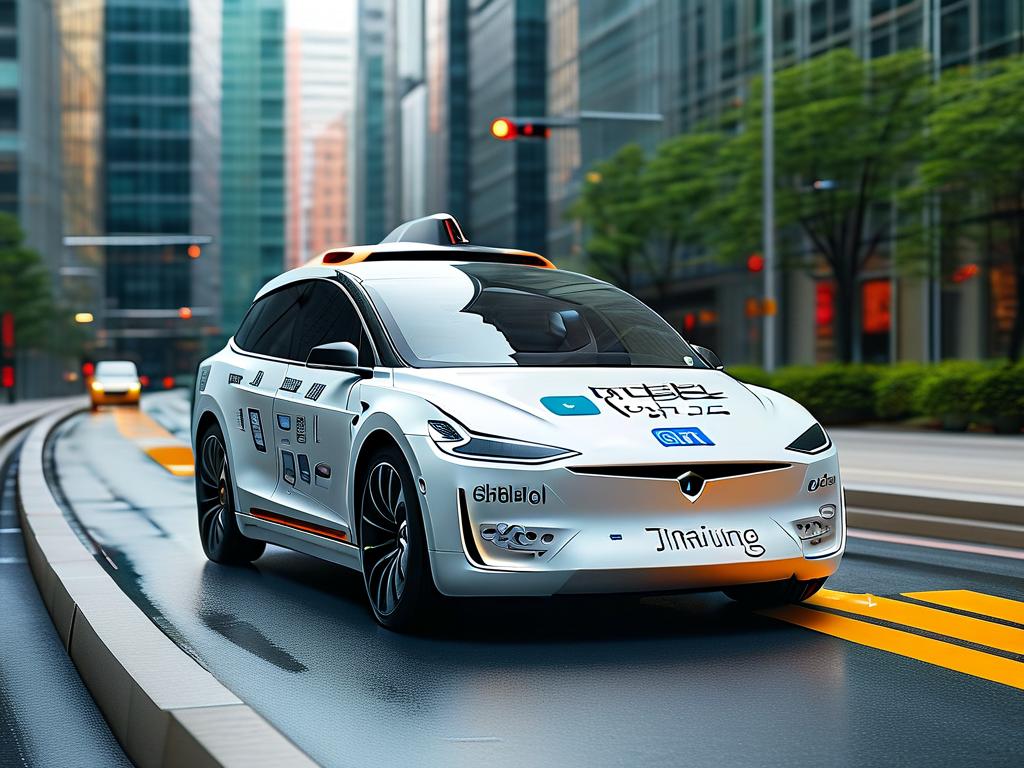Mathematical modeling competitions, such as the Mathematical Contest in Modeling (MCM) and the Interdisciplinary Contest in Modeling (ICM), require participants to solve complex real-world problems using a combination of mathematical tools and computational techniques. A critical aspect of success in these competitions is selecting and applying appropriate algorithms. This article explores the most commonly used algorithms in mathematical modeling contests, categorized by their applications and methodologies.

1. Optimization Algorithms
Optimization lies at the heart of many modeling problems, from resource allocation to route planning. Key algorithms include:
- Linear Programming (LP): Used for problems with linear objectives and constraints, such as maximizing profits or minimizing costs. Tools like the simplex method or interior-point methods are frequently implemented.
- Integer and Mixed-Integer Programming: Extends LP to handle discrete variables, essential for scheduling or binary decision scenarios.
- Genetic Algorithms (GA): Inspired by natural selection, GA is ideal for non-convex or high-dimensional optimization problems, such as parameter tuning or combinatorial optimization.
- Dynamic Programming: Effective for multi-stage decision-making problems, like inventory management or shortest-path calculations.
2. Statistical and Data Analysis Algorithms
Data-driven problems often rely on statistical methods to extract patterns or make predictions:
- Regression Analysis: Linear and logistic regression model relationships between variables, useful in trend prediction or risk assessment.
- Time Series Analysis: Algorithms like ARIMA or exponential smoothing help forecast trends in temporal data, such as stock prices or weather patterns.
- Clustering Algorithms: Techniques like k-means or hierarchical clustering group similar data points, aiding in market segmentation or anomaly detection.
- Monte Carlo Simulation: Used for probabilistic modeling, such as risk analysis or uncertainty quantification.
3. Differential Equations and Numerical Methods
Many physical or dynamic systems are modeled using differential equations:
- Ordinary Differential Equations (ODEs): Solvers like Euler's method or Runge-Kutta are applied to population dynamics or mechanical systems.
- Partial Differential Equations (PDEs): Finite difference or finite element methods simulate heat transfer, fluid dynamics, or wave propagation.
- Stochastic Differential Equations (SDEs): Model systems with randomness, such as financial markets or biological processes.
4. Graph Theory and Network Algorithms
Network-related problems are ubiquitous in transportation, social networks, and infrastructure design:
- Shortest Path Algorithms: Dijkstra's or A* algorithms optimize routes in transportation or communication networks.
- Maximum Flow/Minimum Cut: Address resource distribution or network resilience challenges.
- Community Detection: Algorithms like Louvain modularity identify clusters in social networks or biological systems.
5. Machine Learning and AI Techniques
Modern competitions increasingly incorporate machine learning:
- Neural Networks: Deep learning models handle image recognition, natural language processing, or complex pattern detection.
- Random Forests and Decision Trees: Used for classification tasks, such as medical diagnosis or customer behavior prediction.
- Support Vector Machines (SVM): Effective in high-dimensional data classification, like text categorization.
6. Multi-Criteria Decision-Making (MCDM)
For problems involving trade-offs between conflicting objectives:
- Analytic Hierarchy Process (AHP): Ranks alternatives based on weighted criteria, useful in policy-making or project selection.
- TOPSIS: Selects solutions closest to an ideal reference point, applied in supplier selection or sustainability assessments.
Practical Considerations for Competitors
- Hybrid Approaches: Combining algorithms (e.g., GA with LP) often yields better results for complex problems.
- Software Tools: Mastery of tools like MATLAB, Python (with libraries like NumPy and SciPy), or R is essential for implementation.
- Interpretability: Judges value solutions that balance algorithmic sophistication with clarity and realism.
Mathematical modeling competitions demand adaptability and a broad algorithmic toolkit. Understanding the strengths and limitations of these algorithms-and knowing when to apply them-can significantly enhance a team's performance. As problems grow more interdisciplinary, familiarity with emerging techniques like reinforcement learning or quantum-inspired algorithms may also become advantageous. Ultimately, the key to success lies in creatively integrating mathematical rigor with computational efficiency.









